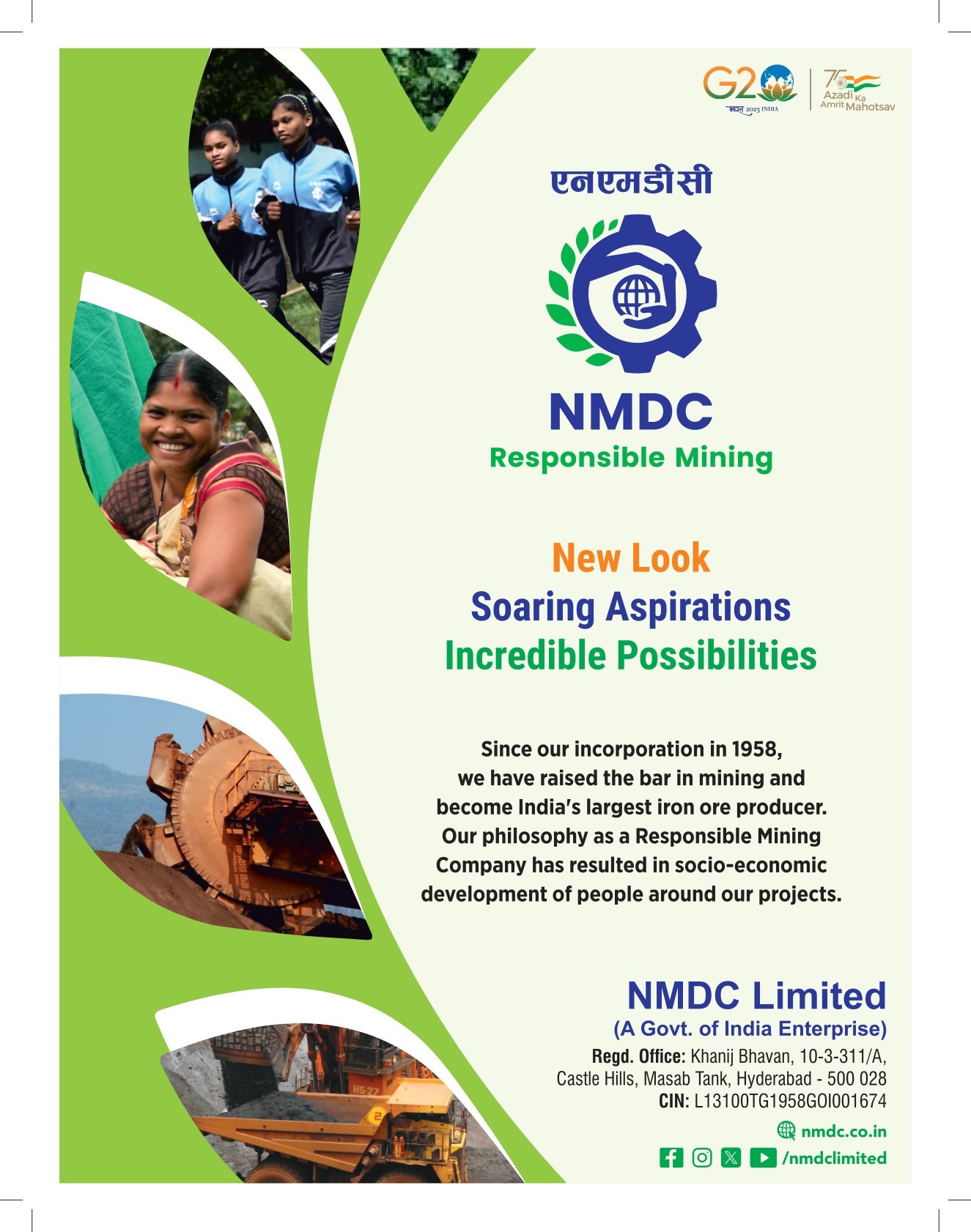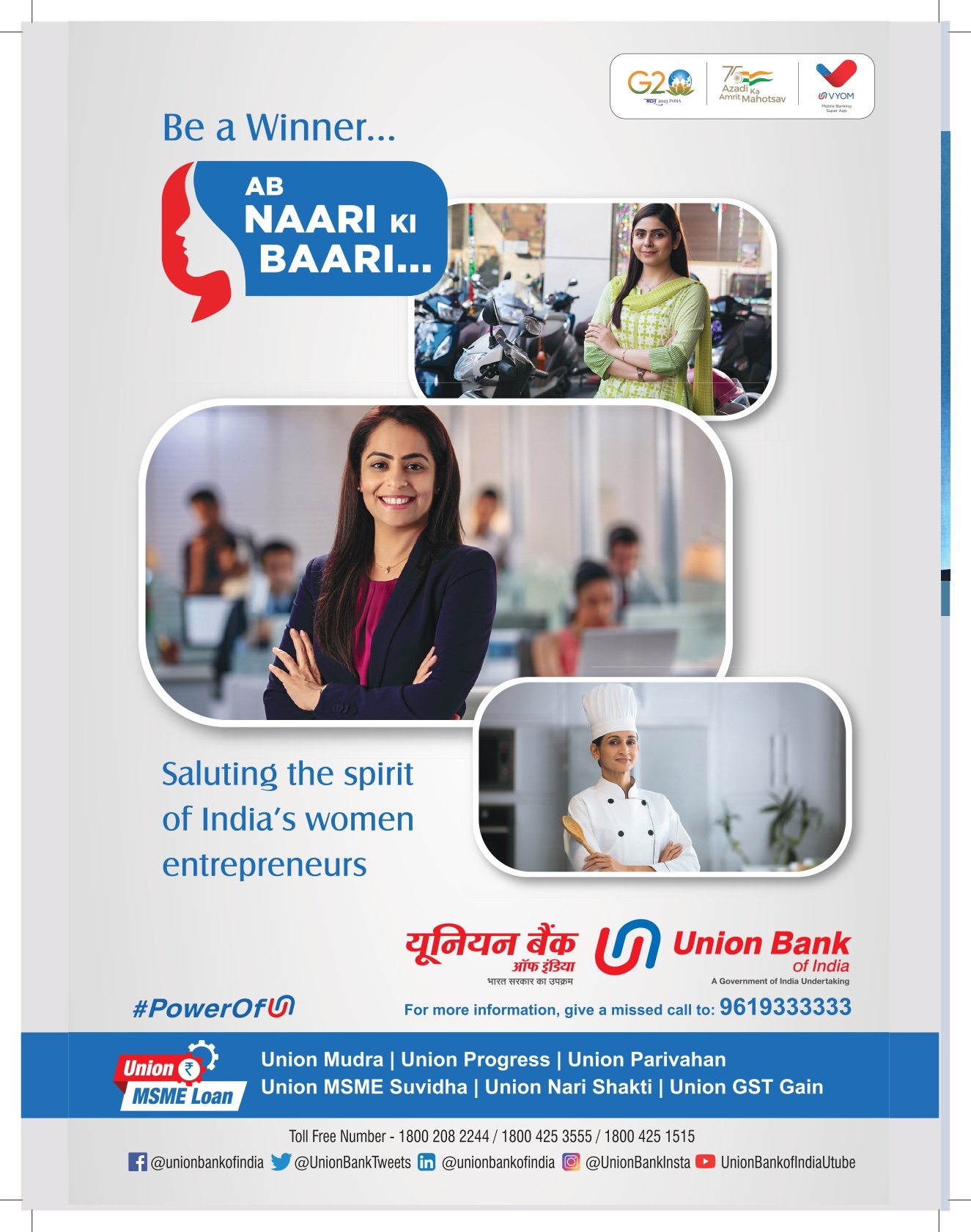
The debate and discussion on why companies should concern themselves with diversity and that diversity with all its’ intricacies is fast gathering momentum in corporates and board room discussions.
Diversity-conscious organizations would say that companies should not discriminate because discrimination is ethically, morally, and legally wrong. This view has been forged strongly with another modern-day view, one which says with conviction that a diverse workforce increases organizational effectiveness. It also boosts employee morale, facilitates access to new marketplaces, and enhances productivity. The modern perspective has a new added tinge which claims that diversity is good for business.
Ironically though while many initiatives are being undertaken in the name of diversity inclusion in organizations, rarely have large leaps been registered in organizational effectiveness, and in some cases even backfired. If not implemented properly this initiative can lead to heightened tensions amongst employees and also hinder a company’s performance.
Diversity inclusion efforts at the workplace, if implemented after a careful study and with a conscious and dedicated strategy can unleash powerful benefits that go beyond financial benefits. They extend to and encompass learning, flexibility, creativity individual and organizational growth, and the ability of an organization to adjust rapidly to market changes and create a success story. A large contributor to this success is a fundamental change in the behaviour and attitude of the leadership of the organization. The senior management must display a broader understanding of diversity and replace that with any flawed assumptions that they may have harboured earlier.
The general understanding of employees is that workplace diversity focuses on increasing gender, racial, national, or class representation. Recruiting and retaining people in larger numbers from traditionally underrepresented identity groups is the crux of diversity inclusion. This is the origin in fact of all organizational policies involving this subject.
A few organizations adopt a dual approach to this. The first and straightforward one is to encourage equality and fairness by encouraging men and women of colour to join the workforce and just mix with others. The second approach would be to place them as distinct individuals and hire them to perform tasks related to their backgrounds. For example, they may be given the task of interacting with clients who are from the same background. However, if the job roles were restricted to similar tasks, then it would prove detrimental to inclusivity efforts.
The modern-day workforce has understood that diversity involves much more than just increasing the number of different identity groups on the company payroll. The diverse groups bring with them different and important knowledge that is competitively relevant. The basic assumptions of a company can be questioned and challenged when these members are included, thus leading to the generation of new ideas and the growth of the company. They also bring in their first-hand familiarity with the markets based on their ethnicity. The companies that value diversity and treat it holistically benefit from this approach. The ideal transition of the organization must be from the realization of discrimination and fairness to access and legitimacy to learning and effectiveness. The true benefits can be seen once diversity is connected with approaches to work.
A regular assessment by managers of these initiatives will help ascertain whether they need revisions or amendments and so on. A truly diverse organization delivers what it promised and set out with. The easiest and most effective way unarguably is when the leaders focus on equal opportunity, fair treatment open-minded approach in recruitment, and compliance with the local laws. This approach minimizes if not eliminates prejudices. Managerial processes ensure that all employees are given equal and fair opportunities within the organization and that select employees don’t gain unfair advantages. Companies also offer the right kind of training, mentoring, and development programs that are focused primarily on women and people of color within the organization address cultural differences, and train people to respect and adapt to those without any bias or peer discrimination.
The recruitment and retention goals should go beyond numbers to include success in meeting company goals and objectives based on and despite diversity. Topdown directives, a good adaptive accommodating attitude at the workplace, and a transparent and unambiguous code of conduct can further assist these objectives.
When organizational thinking incorporates a free-minded and accommodative approach where the employees despite their culturally diverse backgrounds are free to air their views and thoughts then the progress of the organization is on a fast track. This motivates the employees to identify with their workplace and work in a conducive business environment that is critical for the success of both the employee and the organization. Any firm that is on a roll as far as workplace diversity is concerned will inspire other organizations to look at it as a benchmark. The initial discords, disputes, or teething problems will eventually settle down once people are trained and aware of how to handle them effectively and employees learn to view the demographic differences as enriching and rewarding. Open and explicit discussions pave the way for growth in diversity inclusion.
Recent research has revealed that organizations are also trying to incorporate the perspectives of the employees into the main work of the organization thereby enhancing their effectiveness. A quick recap of some of the most important aspects of creating a diverse and inclusive workforce would be:
- The top management and the leadership team must understand that a diverse workplace will carry different perspectives and work approaches so they must value a variety of insights and opinions.
- The organizational team must realize and appreciate the learning opportunities that can be created.
- The organizational culture must be conducive to tapping the best from all.
- The personal development and organizational development must be fostered by the policies formulated for the same
- An atmosphere of openness and trust is a great positive outcome and must be aimed at
- The organization must have well-articulated policies that encourage openness
- A non-bureaucratic and egalitarian structure will contribute to the success of this organizational initiative.
It would therefore be appropriate to say that the organizations that have taken the initiative of progressing towards a diversity-inclusive workplace are also now aware of the intricacies of greenlighting this endeavour and ensuring its’ smooth progress!



































